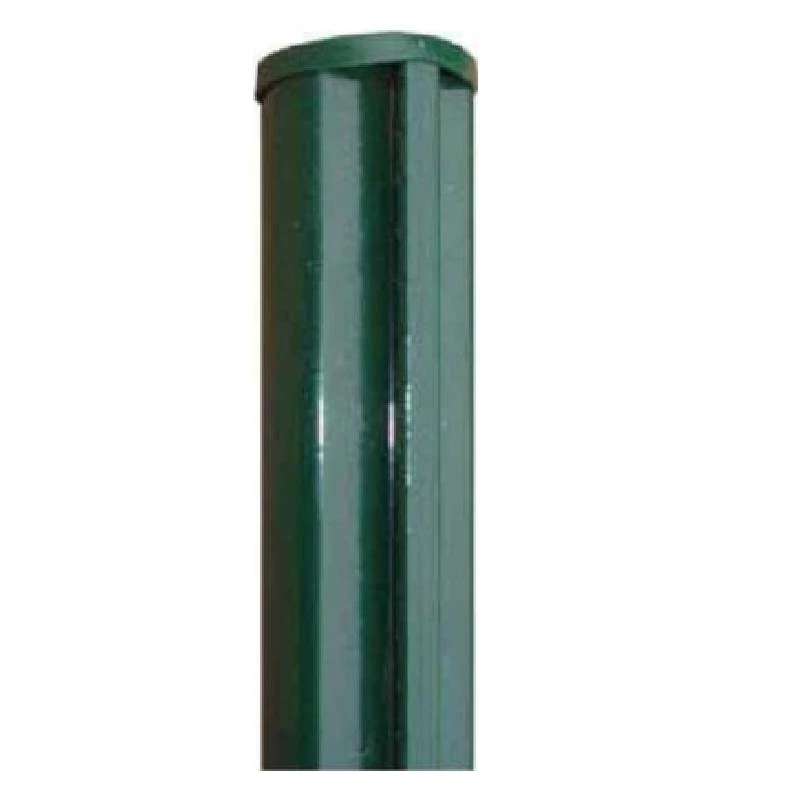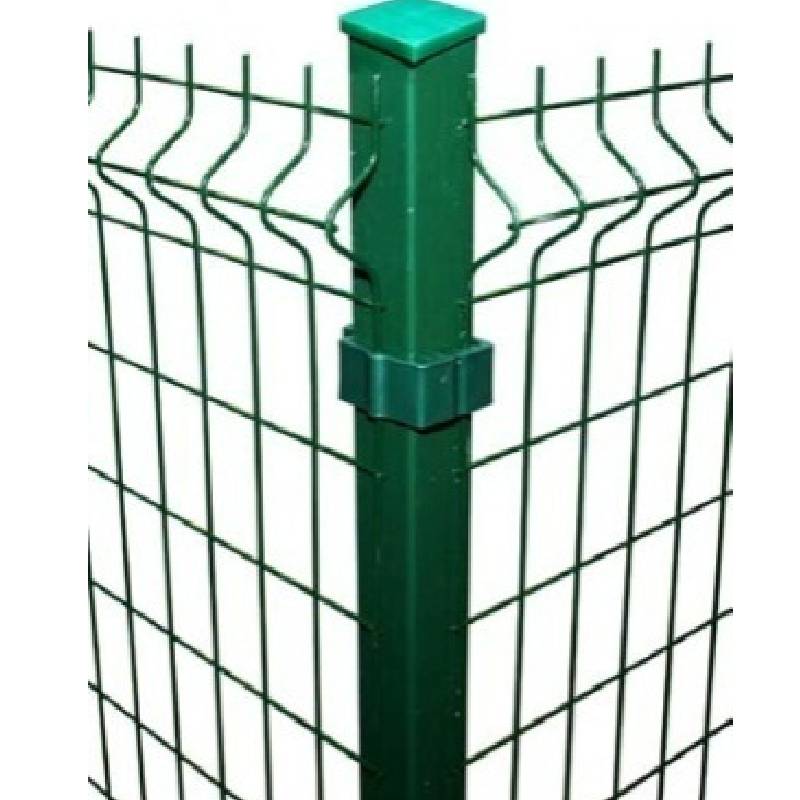-
Post-d:zhao@hyliec.cn
-
Fòn:+86 311 85273988
-
WhatsAPP:8613931128750
-
 Afraganach
Afraganach -
 Albànianach
Albànianach -
 Amharic
Amharic -
 Arabach
Arabach -
 Armenianach
Armenianach -
 Azerbaijani
Azerbaijani -
 Basgach
Basgach -
 Belarusianach
Belarusianach -
 Bengàlach
Bengàlach -
 Bosnianach
Bosnianach -
 Bulgàrianach
Bulgàrianach -
 Catalanach
Catalanach -
 Cebuano
Cebuano -
 Corsicanach
Corsicanach -
 Croatianach
Croatianach -
 Seacach
Seacach -
 Dànach
Dànach -
 Duitseach
Duitseach -
 Sasannach
Sasannach -
 Esperanto
Esperanto -
 Estòinianach
Estòinianach -
 Fionnlaineach
Fionnlaineach -
 Frangach
Frangach -
 Frisianach
Frisianach -
 Galicianach
Galicianach -
 Georgianach
Georgianach -
 Gearmailteach
Gearmailteach -
 Grèigeach
Grèigeach -
 Gujarati
Gujarati -
 Haitian Creole
Haitian Creole -
 Hausa
Hausa -
 Hawaiianach
Hawaiianach -
 Eabhrach
Eabhrach -
 Chan eil
Chan eil -
 Miao
Miao -
 Hungàrianach
Hungàrianach -
 Innis Tìleach
Innis Tìleach -
 igbo
igbo -
 And-Innseach
And-Innseach -
 Èireannach
Èireannach -
 Eadailteach
Eadailteach -
 Iapanach
Iapanach -
 Iabhaininnseach
Iabhaininnseach -
 Kannada
Kannada -
 Kasakh
Kasakh -
 Ciméireach
Ciméireach -
 Ruanda
Ruanda -
 Corèanach
Corèanach -
 Curdach
Curdach -
 Kyrgyz
Kyrgyz -
 TBh
TBh -
 Laidinn
Laidinn -
 Latbhianach
Latbhianach -
 Lithuanianach
Lithuanianach -
 Luxembourgach
Luxembourgach -
 Macedonianach
Macedonianach -
 Malgashi
Malgashi -
 Malaidheach
Malaidheach -
 Malayalamach
Malayalamach -
 Malteseach
Malteseach -
 Maori
Maori -
 Marathiach
Marathiach -
 Mongolianach
Mongolianach -
 Myanmar
Myanmar -
 Nepalach
Nepalach -
 Lochlannach
Lochlannach -
 Lochlannach
Lochlannach -
 Occitan
Occitan -
 Pashto
Pashto -
 Persianach
Persianach -
 Pòlainneach
Pòlainneach -
 Portugalach
Portugalach -
 Punjabi
Punjabi -
 Romànianach
Romànianach -
 Ruiseanach
Ruiseanach -
 Samoan
Samoan -
 Gàidhlig na h-Alba
Gàidhlig na h-Alba -
 Serbianach
Serbianach -
 Sasannach
Sasannach -
 Shona
Shona -
 Sindeach
Sindeach -
 Sinhala
Sinhala -
 Slovacanach
Slovacanach -
 Slobhenianach
Slobhenianach -
 Somali
Somali -
 Spàinneach
Spàinneach -
 Sundais
Sundais -
 Swahilieach
Swahilieach -
 Suaineach
Suaineach -
 Tagalogach
Tagalogach -
 Tajik
Tajik -
 Tamileach
Tamileach -
 Tatarais
Tatarais -
 Telugach
Telugach -
 Thaidheach
Thaidheach -
 Turcach
Turcach -
 Turkmen
Turkmen -
 Ucràinis
Ucràinis -
 Urdu
Urdu -
 Uighur
Uighur -
 Uzbek
Uzbek -
 Bhietnam
Bhietnam -
 Cuimris
Cuimris -
 Cuideachadh
Cuideachadh -
 Giúdais
Giúdais -
 Ioruba
Ioruba -
 Zulu
Zulu
Post feansadh
What Type Of Fence Post Is Best?
The best type of fence post depends on various factors such as the type of fence, local climate, soil conditions, and personal preferences. Common options for fence posts include:
1. Round steel posts: Round steel posts are a traditional and versatile choice, suitable for various fence types. They can be treated to resist rot and decay, but may require maintenance over time.
2. Square steel posts and rabbet posts offer durability and strength, making them suitable for supporting heavy or high-security fences. They are resistant to rot and insect damage.
3. Steel round posts/ square posts/ rabbet with base plate: They are suitable to install on the concrete ground, and fixed by concrete nails.
What Size Is A Fence Post?
Fence posts come in various sizes, typically having Φ32 Φ34 Φ38 Φ48 Φ60 Φ80 for round steel posts and 40x40 60x60 40x60 60x60 80x80 100x100 etc for square tube posts in dimension. The specific size of a fence post depends on the type of fence being installed, the height and weight of the fence panels, and the local building codes or regulations. It's important to select the appropriate size of fence post to ensure stability and structural integrity for the specific fencing project. Consulting with a professional or referring to local building codes can provide guidance on the recommended size of fence posts for a particular application.
Fence Post FAQ:
What type of fence post is best?
The best type of fence post depends on various factors such as the type of fence, local climate, soil conditions, and personal preferences. Common options for fence posts include round steel posts, square steel posts and rabbet steel posts, posts with base plate or without base plate. Each type has its own advantages and considerations, so it's important to choose the most suitable option based on the specific requirements of the fence project.
What size is a fence post?
Fence posts come in various sizes, typically typically having Φ32 Φ34 Φ38 Φ48 Φ60 Φ80 for round steel posts and 40x40 60x60 40x60 60x60 80x80 100x100 etc for square tube posts in dimension. The specific size of a fence post depends on the type of fence being installed, the height and weight of the fence panels, and local building codes or regulations. It's important to select the appropriate size of fence post to ensure stability and structural integrity for the specific fencing project.
How to install a panel fence?
Paneling a fence involves several steps, including measuring and planning, installing the posts, attaching the panels, adding finishing touches, and performing regular maintenance. It's important to follow the manufacturer's instructions and local building codes when paneling a fence to ensure proper installation and compliance with regulations. If in doubt, it's advisable to consult with a professional or seek guidance from experienced individuals.






